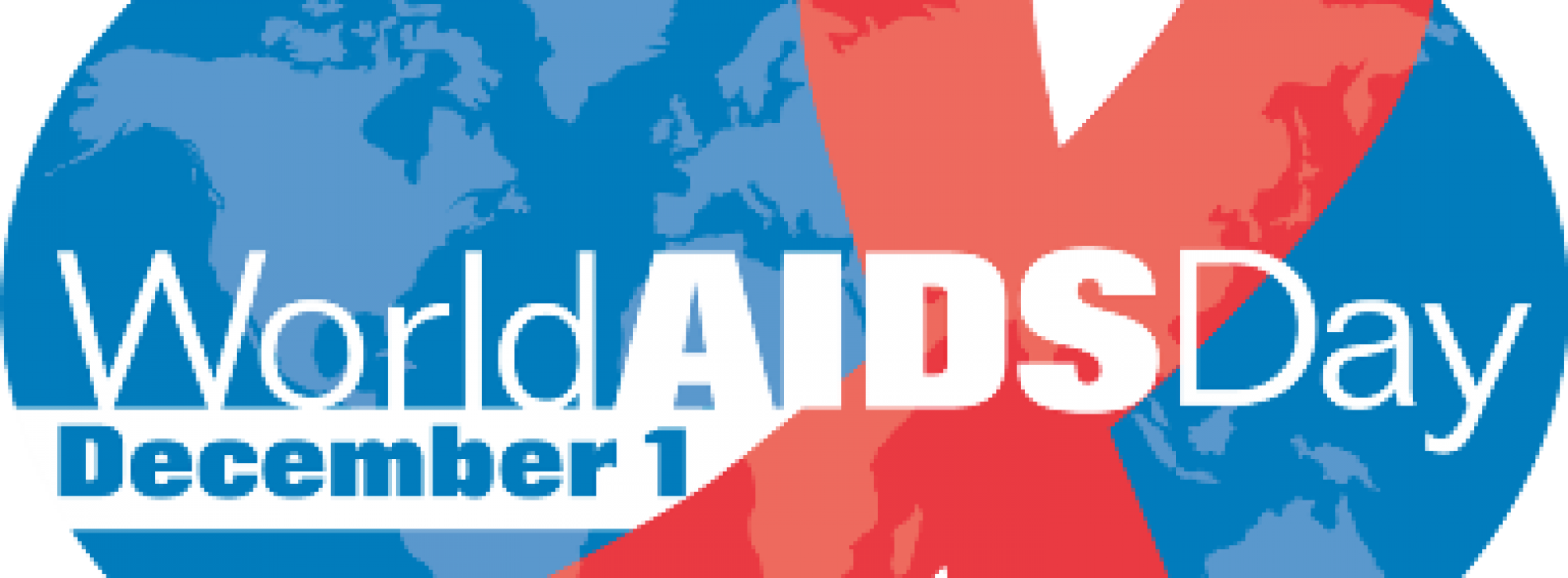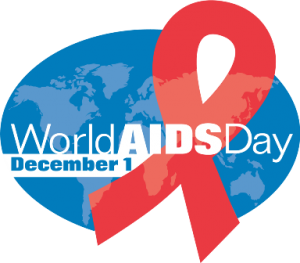2016 World AIDS Day: Facts you should know
GLOBAL HIV STATISTICS
- 2 million [16.1 million–19.0 million] people were accessing antiretroviral therapy (June 2016)
- 7 million [34.0 million–39.8 million] people globally were living with HIV (end 2015)
- 1 million [1.8 million–2.4 million] people became newly infected with HIV (end 2015)
- 1 million [940 000–1.3 million] people died from AIDS-related illnesses (end 2015)
- 78 million [69.5 million–87.6 million] people have become infected with HIV since the start of the epidemic (end 2015)
- 35 million [29.6 million–40.8 million] people have died from AIDS-related illnesses since the start of the epidemic (end 2015)
People living with HIV
- In 2015, there were 36.7 million [34.0 million–39.8 million] people living with HIV.
People living with HIV accessing antiretroviral therapy
- As of June 2016, 18.2 million [16.1 million–19.0 million] people living with HIV were accessing antiretroviral therapy, up from 15.8 million in June 2015 and 7.5 million in 2010.
- In 2015, around 46% [43–50%] of all people living with HIV had access to treatment.
- In 2015, some 77% [69–86%] of pregnant women living with HIV had access to antiretroviral medicines to prevent transmission of HIV to their babies.
New HIV infections
- Worldwide, 2.1 million [1.8 million–2.4 million] people became newly infected with HIV in 2015.
- New HIV infections among children have declined by 50% since 2010.
- Worldwide, 150 000 [110 000–190 000] children became newly infected with HIV in 2015, down from 290 000 [250 000–350 000] in 2010.
- Since 2010 there have been no declines in new HIV infections among adults.
- Every year since 2010, around 1.9 million [1.9 million–2.2 million] adults have become newly infected with HIV.
AIDS-related deaths
- AIDS-related deaths have fallen by 45% since the peak in 2005.
- In 2015, 1.1 million [940 000–1.3 million] people died from AIDS-related causes worldwide, compared to 2 million [1.7 million–2.3 million] in 2005.
HIV/tuberculosis
- Tuberculosis-related deaths among people living with HIV have fallen by 32% since 2004.
- Tuberculosis remains the leading cause of death among people living with HIV, accounting for around one in three AIDS-related deaths.
- In 2014, the percentage of identified HIV-positive tuberculosis patients who started or continued on antiretroviral therapy reached 77%.
Investments
- At the end of 2015, US$ 19 billion was invested in the AIDS response in low- and middle-income countries (not including the countries that have recently transitioned into high-income categories).
- Domestic resources constituted 57% of the total resources for HIV in low- and middle-income countries in 2015.
- Recent updated UNAIDS estimates indicate that US$ 26.2 billion will be required for the AIDS response in 2020, with US$ 23.9 billion required in 2030.
Source: UNAIDS








0 Comments
No Comments Yet!
You can be first to comment this post!